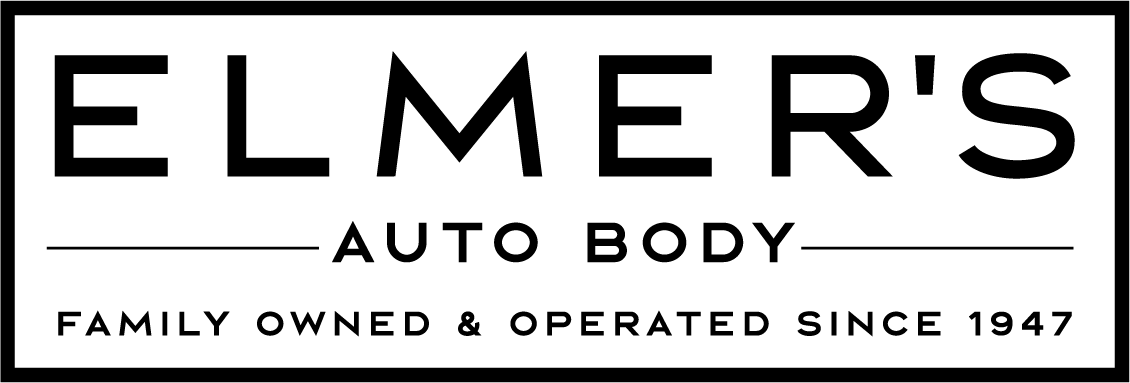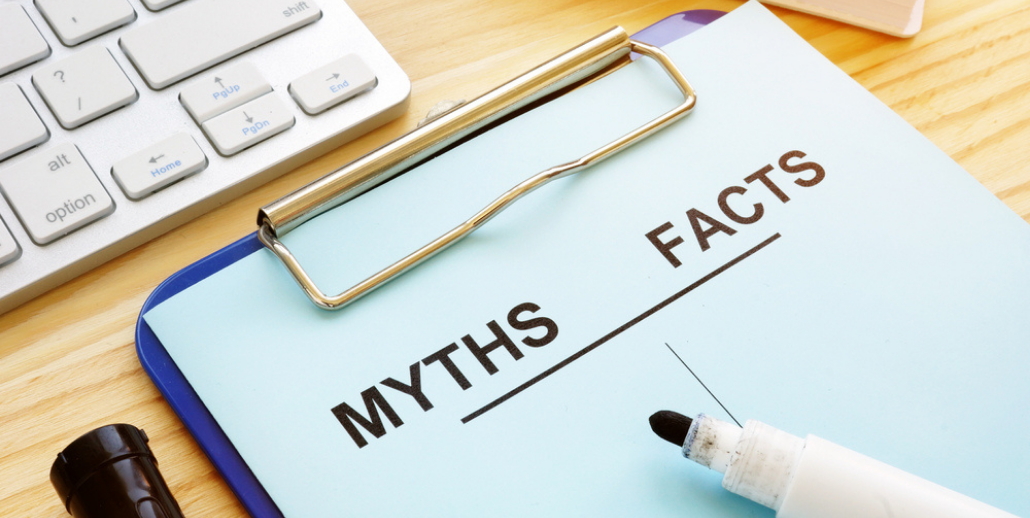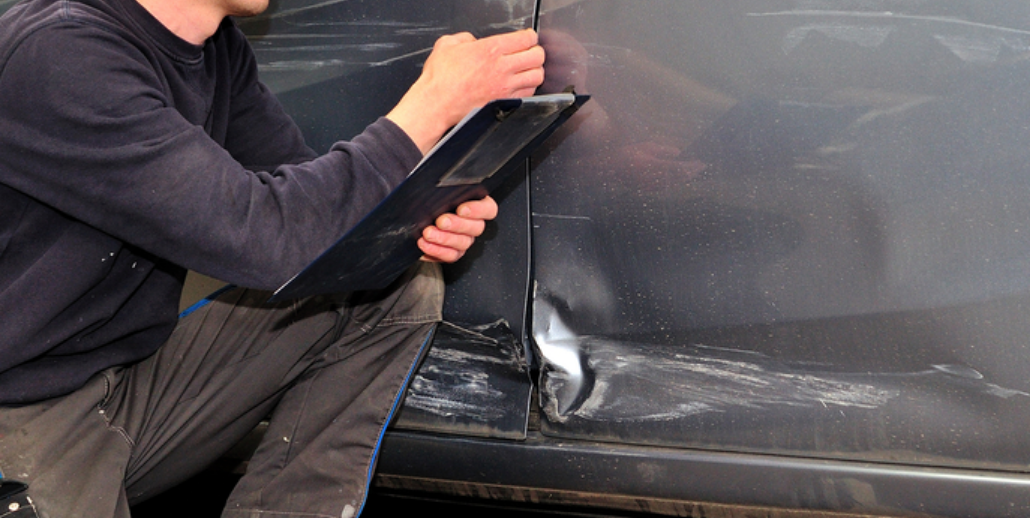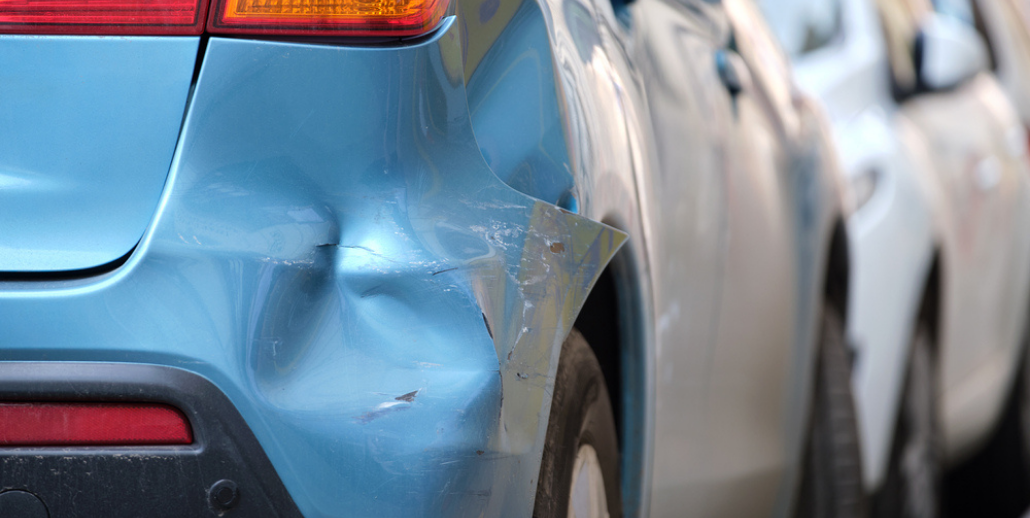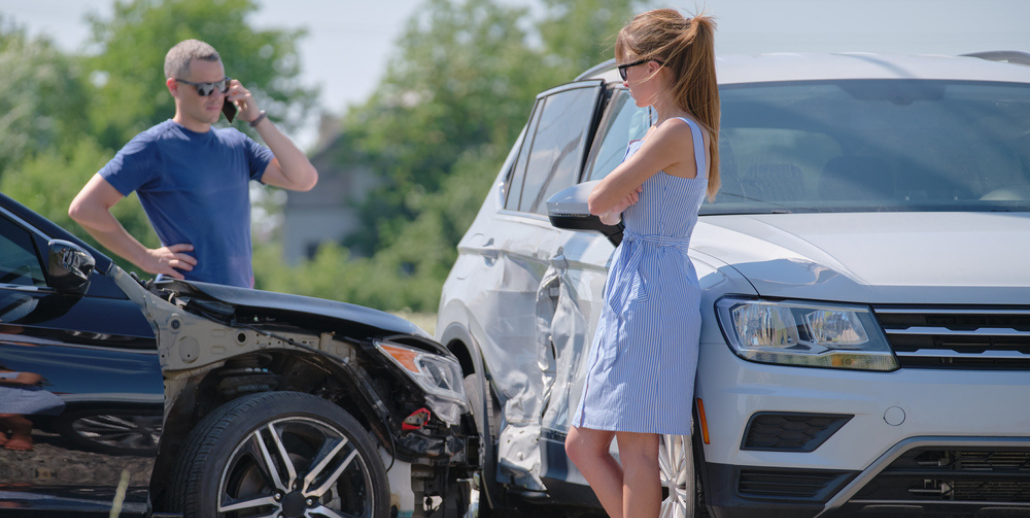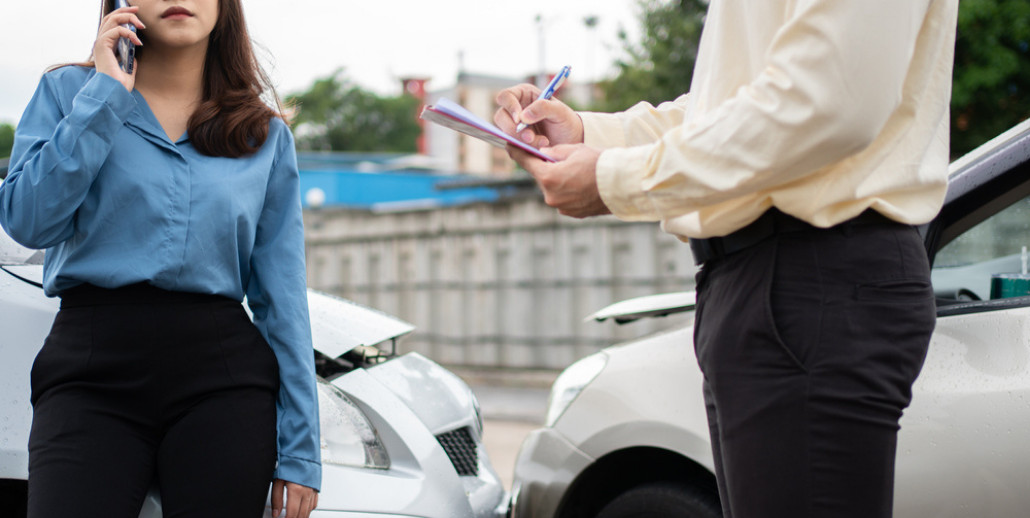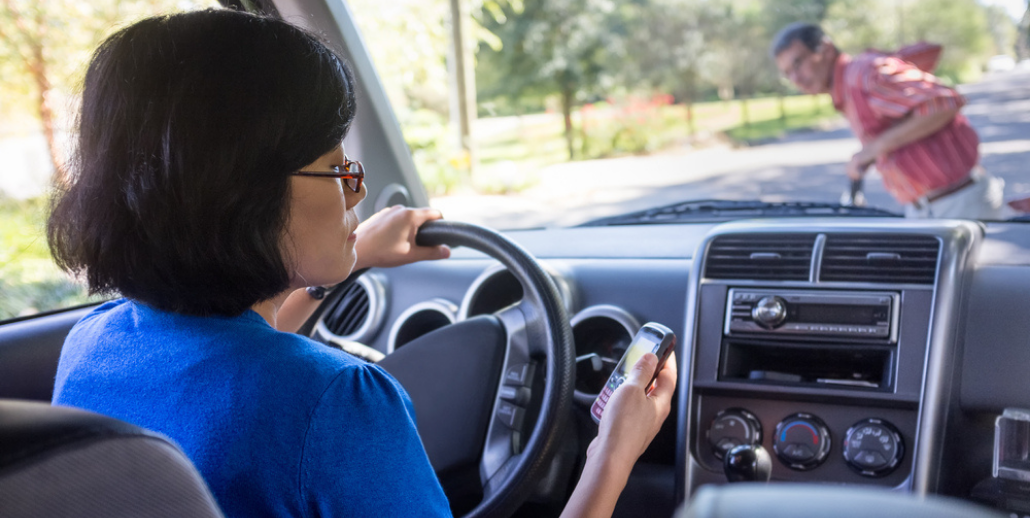After being in a collision, your vehicle and nerves are rattled. Along with that, now you have to find a reliable auto body shop to complete the repairs. Unfortunately, many myths in the repair industry lead to unnecessary stress for vehicle owners. Here are some common collision repair myths.
Use Repair Shops Approved by the Insurance Company
While using a preferred shop is easier for settlement issues, you can take your vehicle to any shop. However, you will want to use a recommended shop in most cases. If you have problems with a particular shop, ask for another recommendation. Some repair shops have a good relationship with your insurance company, meaning you can get the repair done in almost no time.
A few shops will not accept compensation from the insurance company. That means you might have to get the repair completed and wait for a reimbursement. Working with an approved shop will help to speed up the whole process.
Insurance Covers the Total Cost of Repairs
Unfortunately, most drivers believe that car insurance will pay for all repairs. Vehicle insurance will only cover a portion of the costs if they exceed the deductible amount. When choosing a high deductible, you will get a lower monthly rate. Those low rates can cause problems for those collision repairs. In the end, you could pay for most of the repairs out of your pocket. Paying a higher monthly rate could lower your deductible, reducing your out-of-pocket costs.
The Dealer Provides the Best Repair Service
When choosing between a dealer or an independent repair shop, some people believe that dealers only have access to trained technicians and quality parts. There are plenty of shops that have received the same training and use original equipment manufacturer (OEM) parts. With that in mind, you can choose an independent shop. If the auto body shop has been certified by a manufacturer, then you can feel confident in their services.
You Need Multiple Estimates
Many people believe that you need to get several estimates for the repair. Some states have laws that require at least three estimates. In most cases, you do not need to search for the best price. This misconception comes from the insurance industry. These companies want you to get the lowest price for the job, but it is usually not required to do that by law. If you are looking for a hassle-free approach, you may want to search online to find auto body shop recommendations. With information at your fingertips, you don’t have to visit these repair shops in person. You can quickly get a few estimates with a click of a button. Whether you want to work with the first shop or the cheapest one, you have the freedom to decide how many shops you need to contact for your estimate.
You Can Never Fix a Damaged Frame
Many vehicle owners believe that a damaged frame is unrepairable. If you can find an experienced repair technician, you don’t have to worry about frame repairs. If the frame has not been weakened to the point of unreliability, it can be restored with little effort. In the past, damaged frames could be a problem, but that is not the case for those modern vehicles. Newer cars have unibody frames that a technician can quickly fix. If there is a part with significant damage, the technician can remove it and install a new section. As long as you work with a reputable auto body repair shop, you can restore the vehicle to its pre-accident condition.
You Only Get One Insurance Check
Trying to get a settlement after a collision can be a frustrating experience. It can also be challenging to estimate the cost and extent of the damage. Until the repair work begins, even an experienced technician might not know the intensity of the damage. If the mechanic takes apart the vehicle and finds further damage after the initial estimate, they will call the insurance company to get a reappraisal. You can receive multiple insurance checks for the damage. In the case of underlying damage, don’t hesitate to call your insurance company. Some auto body shops will even handle this process for you.
Those are some of the most common vehicle collision repair myths. Despite evidence to the contrary, they refuse to die in the industry. With this knowledge, you can be better informed when it comes time to choose a shop or contact your insurance company.
Find a Reliable Auto Body Shop
It can be a frustrating experience after being involved in a collision. You have to work with the insurance company, find a reputable shop, and be without your vehicle for a few days. When you work with a professional and experienced shop, they can take some of the hassles out of your hands.
At Elmer’s Auto Body, we have over 70 years of experience. You can visit our multiple locations in the South Jersey area. Our shops focus on providing convenient and fast repairs for your vehicle. If you have been involved in a collision, we have a strong relationship with most insurance carriers in the state, meaning you can be back on the road in no time. Don’t leave your vehicle in the hands of any shop. Trust us to get it back to that pre-collision appearance. When you need an auto body shop near me, count on us. Schedule your consultation by calling (856) 218-0202.
